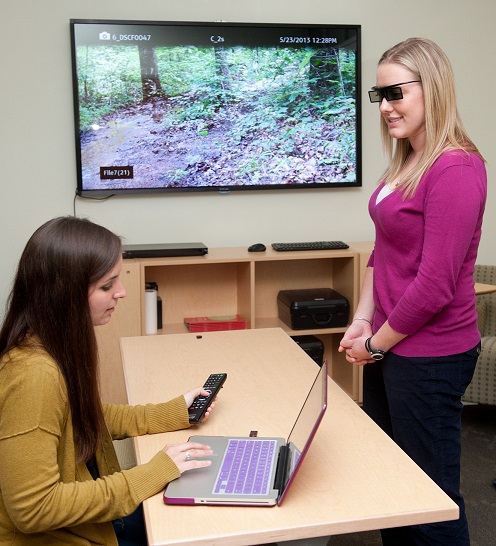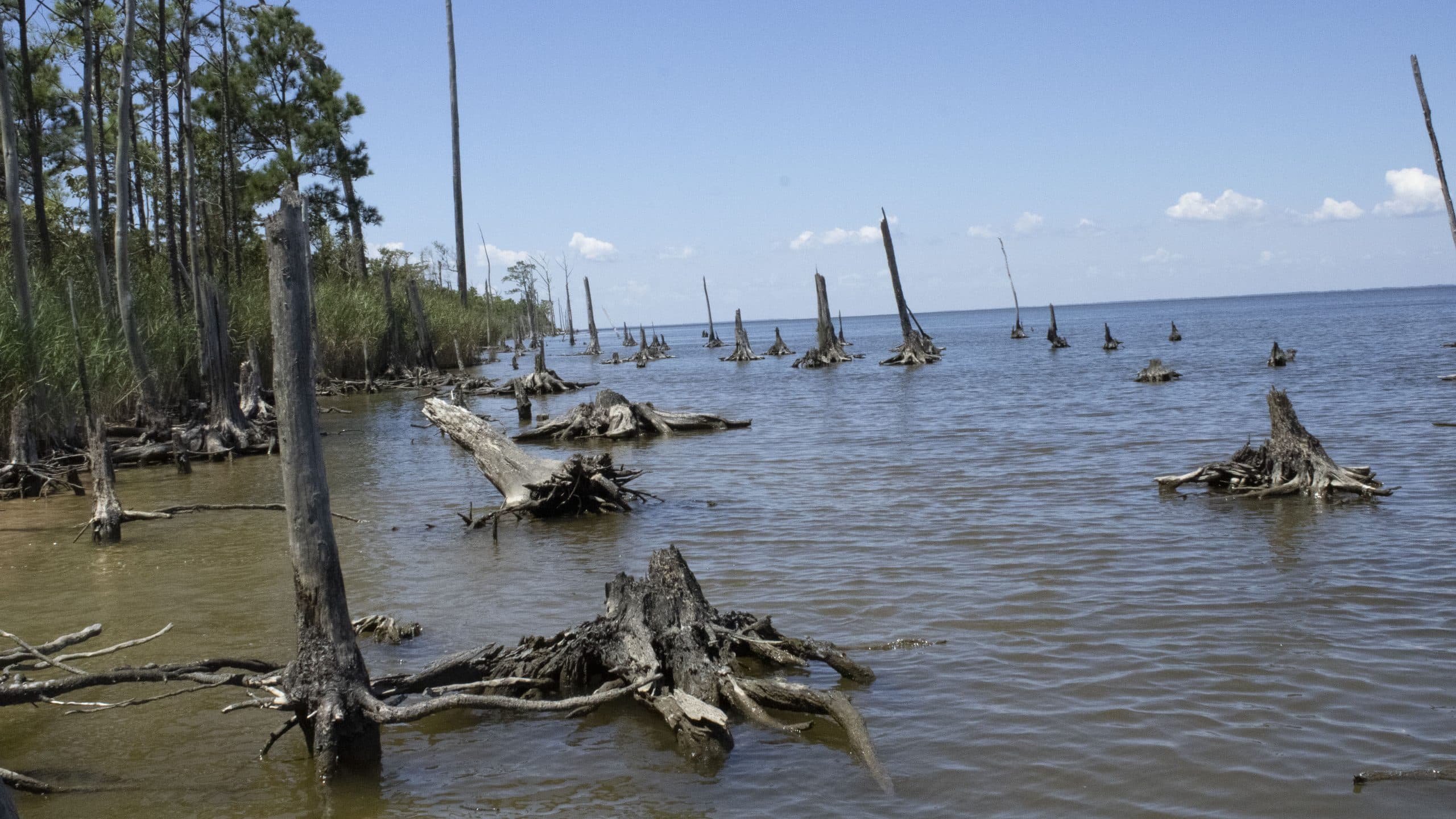Enhanced Visual Depth Cues from 3D Visualization Technologies Do Not Affect Individuals’ Perceptions of Trail Degradation

New research from Jordan W. Smith (Center Faculty Fellow), Yu-Fai Leung, Erin Seekamp (Dept. of Parks, Recreation and Tourism Management) as well as grad students from across the College of Natural Resources, explores the value of 3D visualization technologies to better understand visitors’ perceptions of environmental impacts to recreation resources. The group’s research, which was recently accepted for publication in Natural Areas Journal, reveals the enhanced visual depth cues provided by 3D visualization technologies do not affect individuals’ perceptions of trail degradation.
Reference:
Leung, Y. -F., Smith, J. W., Seekamp, E., Conlon, K., Mayer, J., Guo, T., Walden-Schreiner, C., Adams, B., & Keane, R. (In press). The effects of 2D and 3D imagery and an educational message on perceptions of trail impacts. Natural Areas Journal.
Abstract:
The method of experiencing recreational resources, whether it be through on-site participation in an activity or viewing an image of the resource, might directly affect individuals’ preference for, and evaluation of, those resources. In this research note, we explore the effect of three dimensional (3D) displays, which are now widely available to consumer markets, on individual’s perceptions of degraded trail conditions. We also explore the hypothesis that viewing an educational message about responsible hiking behavior influences perceptions of trail conditions. The effects of imagery type and the educational message were tested through experimentally varying types of trail impacts (muddiness and erosion) and impact severity (minimal and severe) across 20 images presented to individuals in a controlled laboratory setting on a 60-inch 3D capable LCD monitor. Results indicate neither the use of 3D imagery nor the presence of an educational message had a significant main effect on perceptions of trail degradation, but significant two-way interaction effects between image type and impact type on perceptions were identified. Perceptions of trail impacts were significantly different across impact type and severity level. These findings suggest the utility of 3D imagery in perception studies might be restricted to certain impact types (e.g., erosion); the findings also raise concerns over the efficacy of educational materials.
- Categories:


